Breakfast is often hailed as the most important meal of the day, and around the world, cultures have crafted unique and delicious ways to start the morning right. From hearty, savory dishes to sweet, comforting treats, traditional breakfast meals offer a fascinating glimpse into the culinary diversity and cultural heritage of different regions. Join us as we explore some of the most iconic and mouth-watering breakfast dishes from across the globe.
Full English Breakfast (United Kingdom)
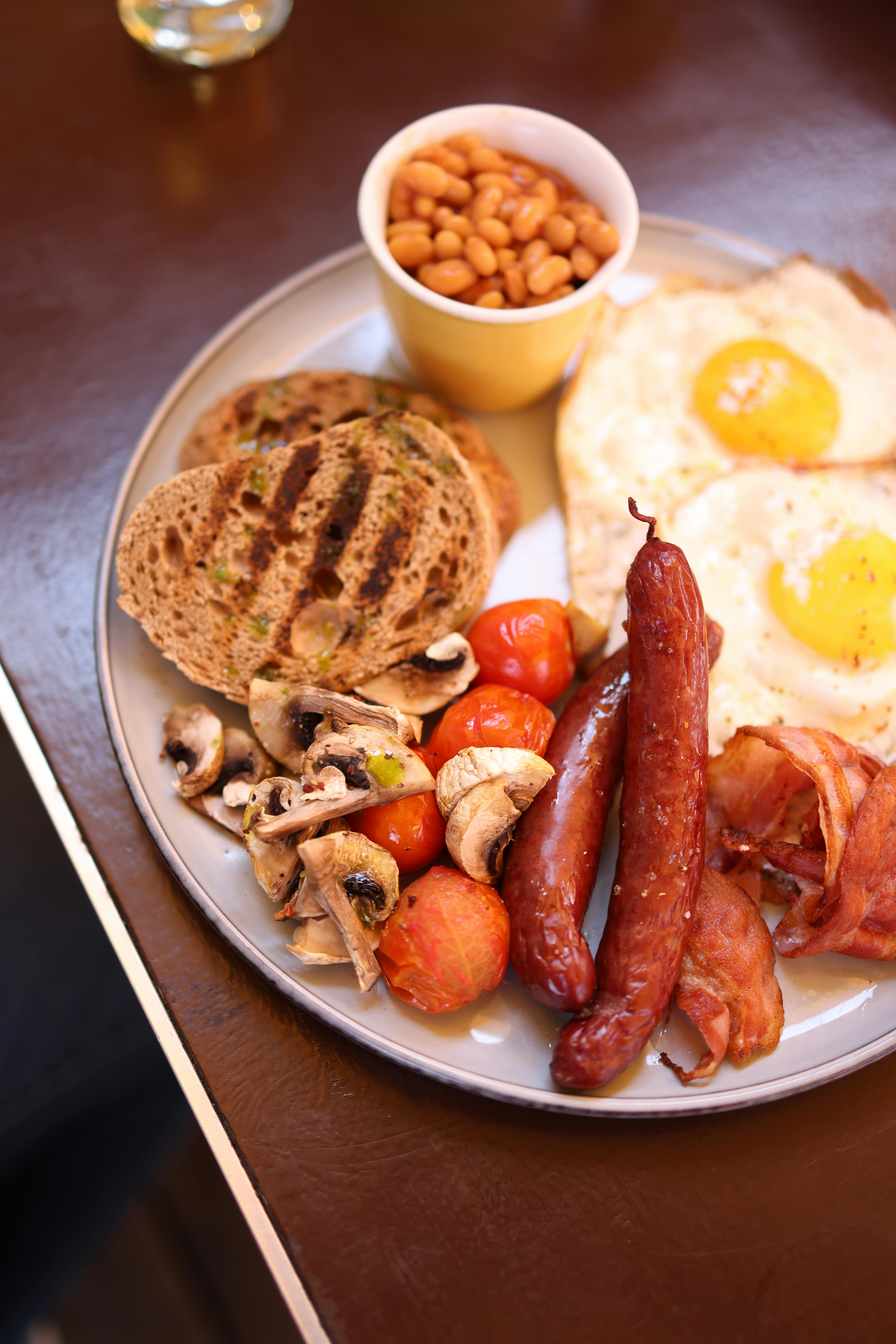
The Full English Breakfast, also known as a “fry-up,” originates from England and has been a staple since the Victorian era. This hearty meal typically includes bacon, sausages, eggs, black pudding, baked beans, tomatoes, and mushrooms, all fried together. Served with toast or fried bread, it is a traditional meal that showcases the British love for hearty, savory foods. The Full English is a symbol of British hospitality, often enjoyed on weekends and special occasions.
Chilaquiles (Mexico)
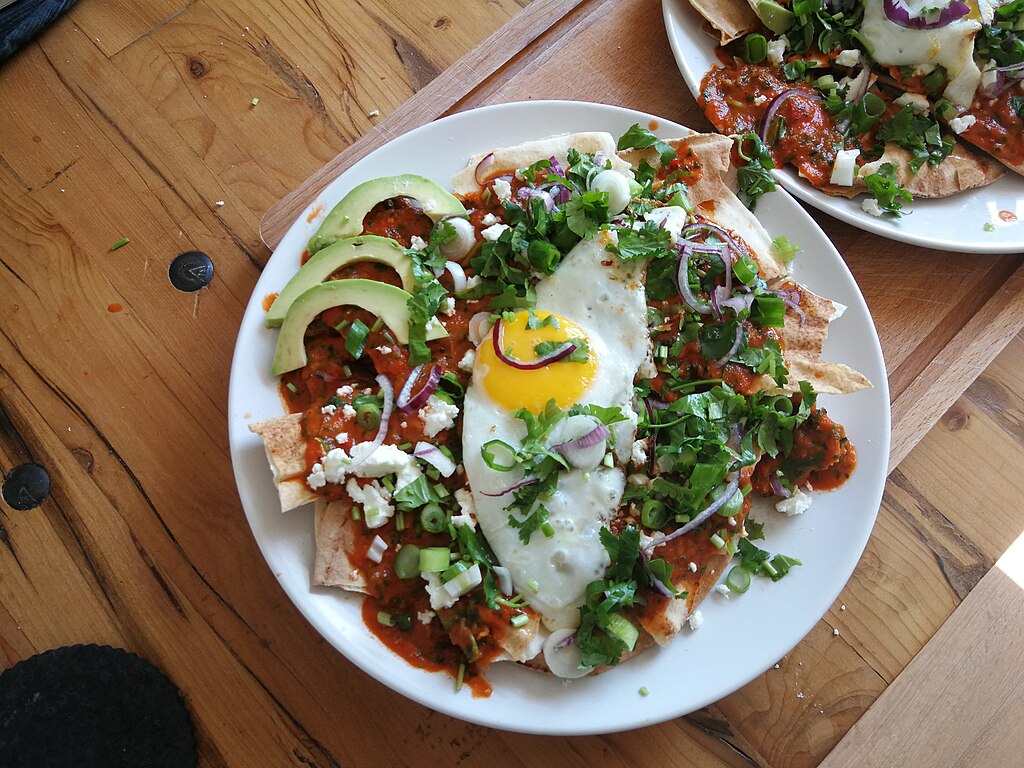
Chilaquiles are a traditional Mexican breakfast dish that dates back to the Aztec times. Made with lightly fried corn tortillas cut into quarters and topped with green or red salsa, the dish is often finished with scrambled or fried eggs, pulled chicken, cheese, and crema. Chilaquiles are commonly served with refried beans and are a way to use leftover tortillas and salsas. This dish is a vibrant, flavorful way to start the day, embodying the rich culinary traditions of Mexico.
Congee (China)
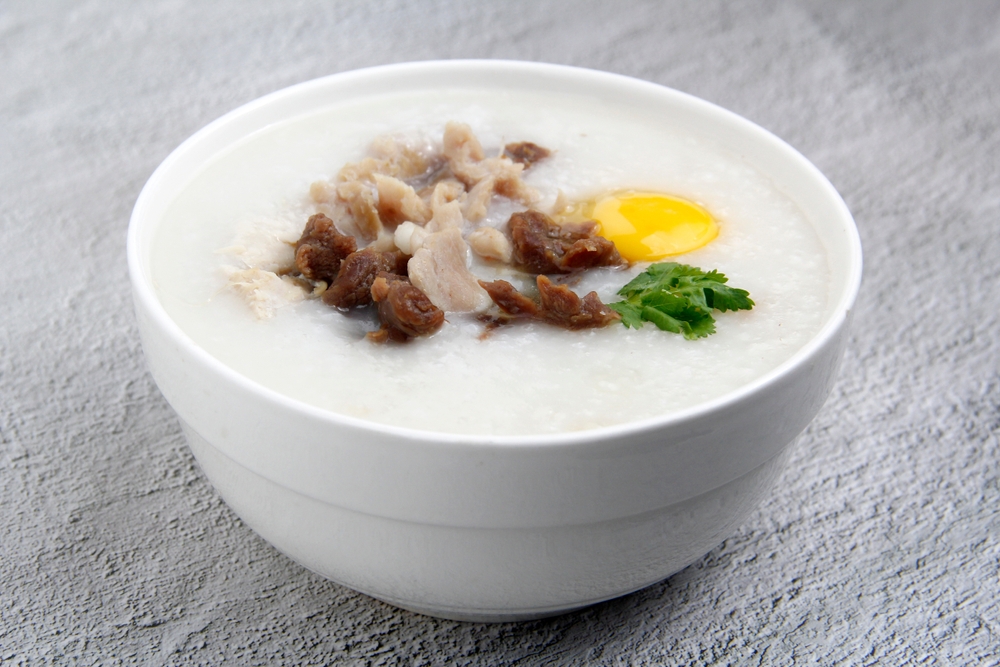
Congee, a rice porridge, is a traditional breakfast staple across many regions of China and East Asia. It is made by boiling rice with a large amount of water until it reaches a thick, creamy consistency. Often served with various toppings like pickled vegetables, salted eggs, and meats, congee is both nutritious and comforting. This dish has been enjoyed for centuries and is valued for its simplicity and ability to warm the body.
Croissant and Coffee (France)

The classic French breakfast of a croissant and coffee is a simple yet elegant start to the day. Originating in Vienna and popularized in France in the 19th century, the croissant is a buttery, flaky pastry that pairs perfectly with a cup of strong coffee or espresso. This breakfast embodies the French appreciation for quality and culinary finesse. It is a tradition deeply embedded in French culture, often enjoyed in cafes and homes alike.
Idli and Sambar (India)
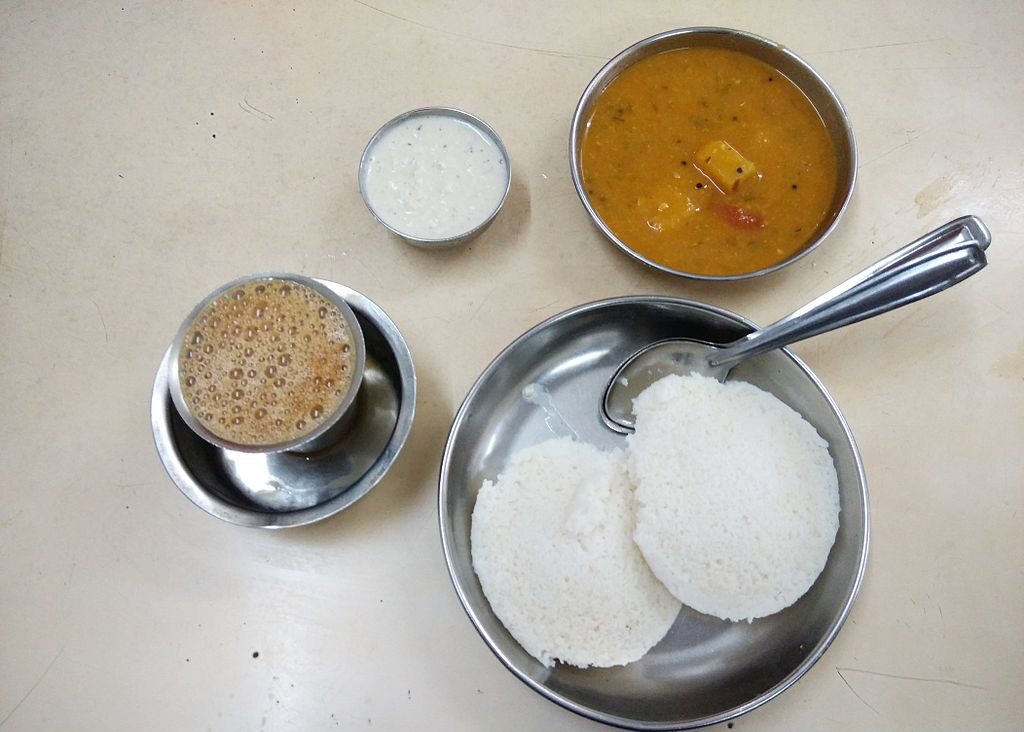
Idli and Sambar is a traditional South Indian breakfast that has been enjoyed for centuries. Idlis are soft, steamed rice cakes made from fermented rice and lentil batter, while Sambar is a spicy lentil stew with vegetables. This combination is not only delicious but also highly nutritious and easy to digest. Idli and Sambar are a staple in South Indian households and are often accompanied by coconut chutney.
Açai Bowl (Brazil)
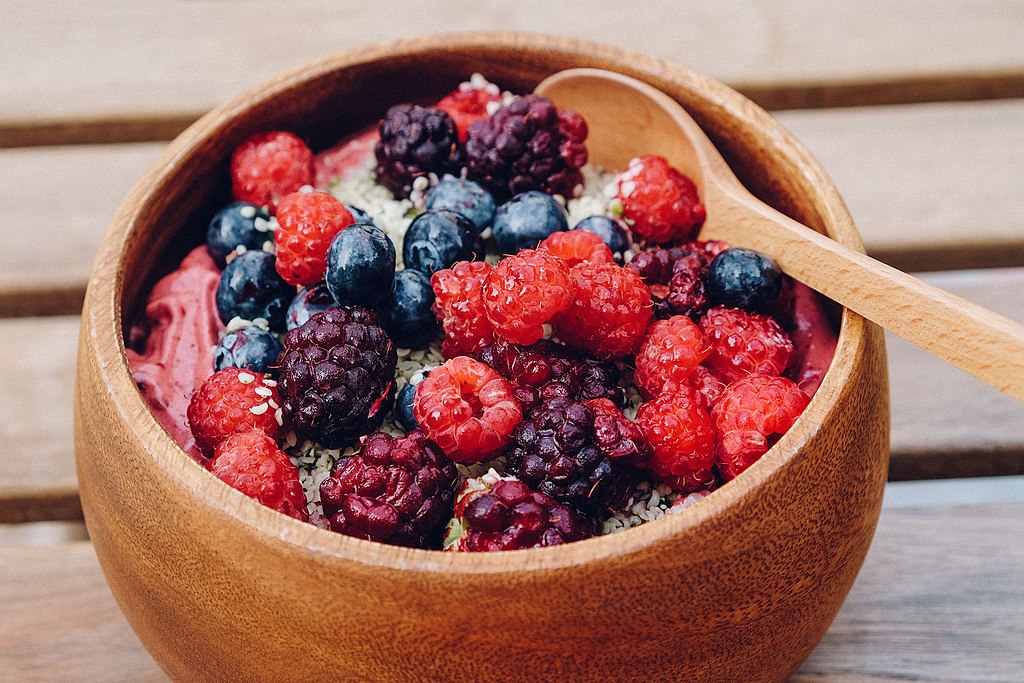
Originating from the Amazon region of Brazil, the Açai Bowl is a refreshing and healthy breakfast option. Made from frozen açai palm fruit blended with other fruits and topped with granola, bananas, and honey, this dish is packed with antioxidants and nutrients. It reflects the Brazilian love for fresh, natural ingredients and vibrant flavors. Açai Bowls have become popular worldwide but remain a beloved traditional breakfast in Brazil.
Tamago Kake Gohan (Japan)
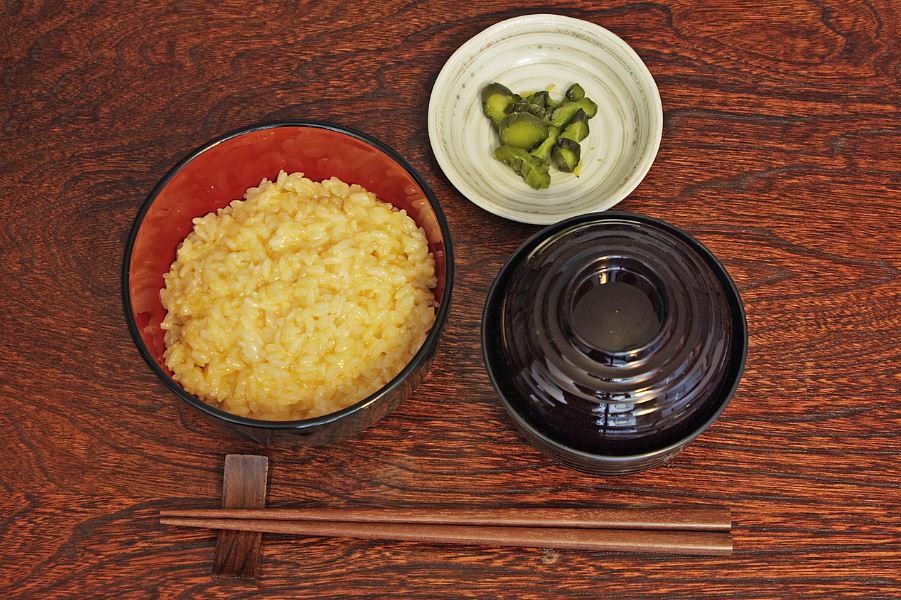
Tamago Kake Gohan, which translates to “egg on rice,” is a simple yet beloved Japanese breakfast. This dish consists of a raw egg mixed with hot steamed rice and seasoned with soy sauce. It is a quick, nutritious, and comforting meal that highlights the Japanese focus on simplicity and quality ingredients. Tamago Kake Gohan is a traditional way to start the day, providing energy and warmth.
Bagel with Lox and Cream Cheese (United States)
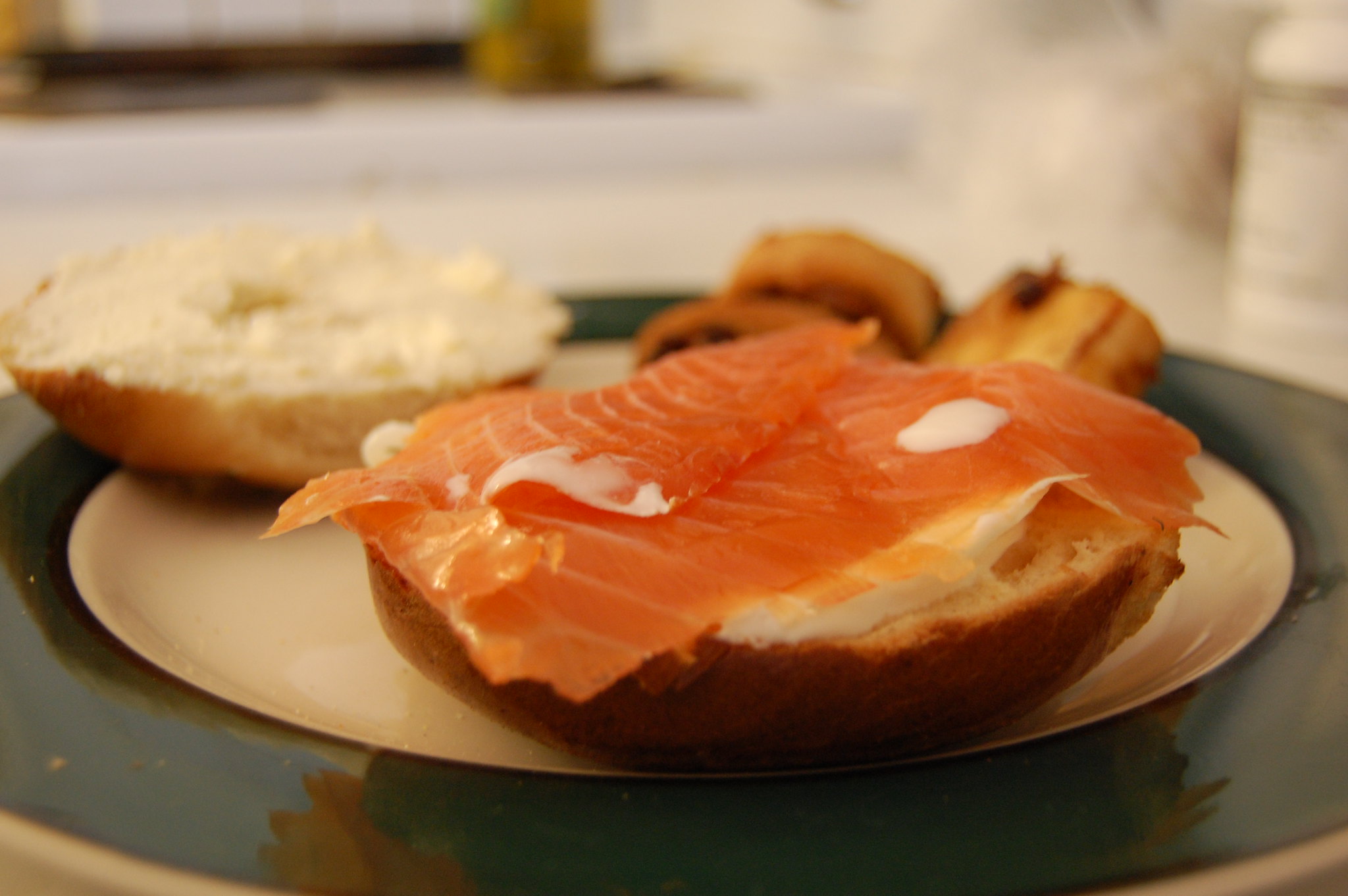
A classic breakfast in New York City, the bagel with lox and cream cheese has its roots in Jewish American culture. The bagel, a dense, chewy bread with a crispy crust, is typically topped with a generous layer of cream cheese and thinly sliced lox (cured salmon). This combination is savory, satisfying, and deeply ingrained in the breakfast traditions of New York. It reflects the melting pot of cultures that define American cuisine.
Shakshuka (Israel)
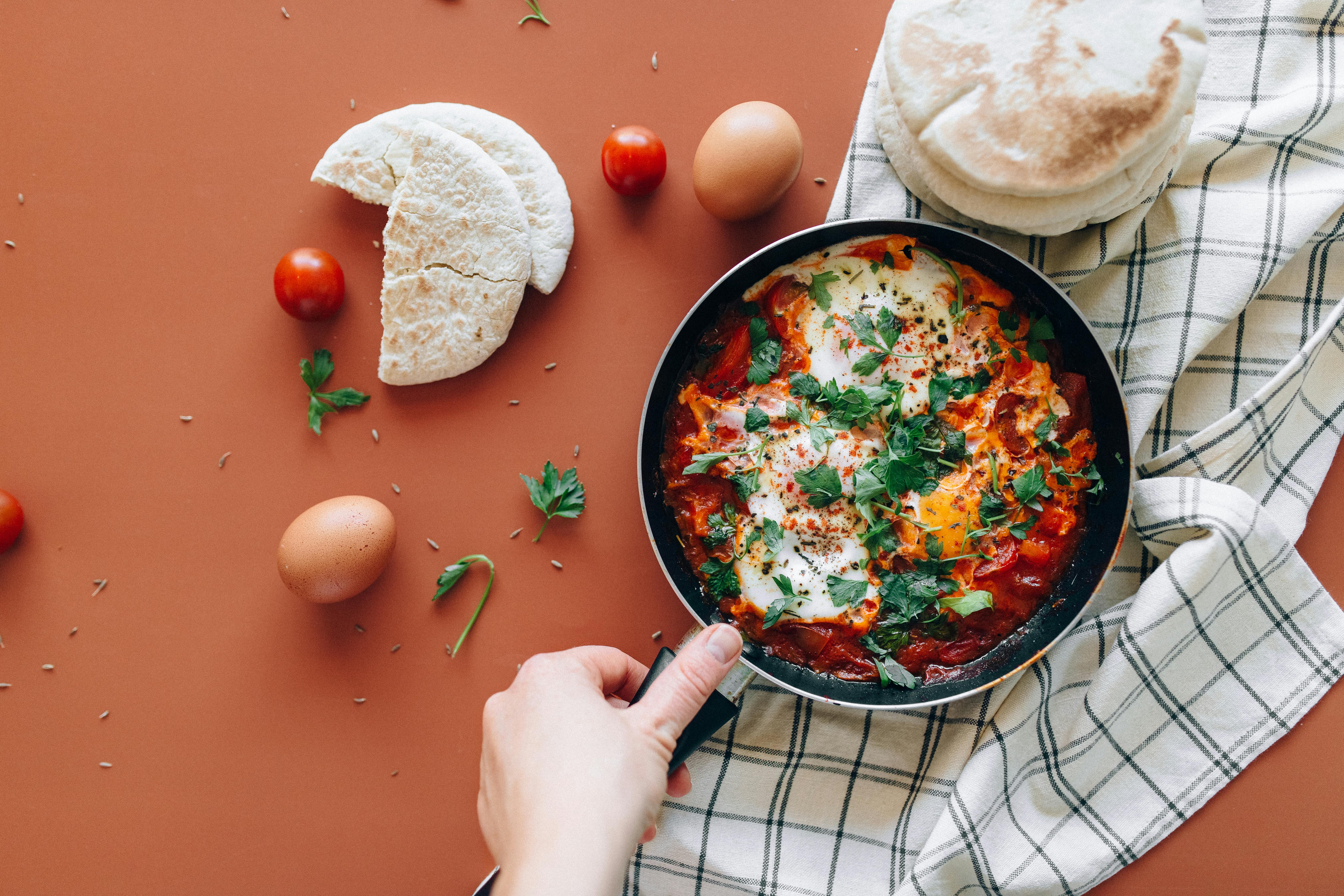
Shakshuka, a staple breakfast in Israel, has its origins in North African and Middle Eastern cuisines. It consists of eggs poached in a spicy tomato sauce with onions, peppers, and various spices. Often served with pita or crusty bread, shakshuka is a flavorful and hearty start to the day. This dish is a testament to the rich culinary heritage of the region and is enjoyed for its robust flavors and comforting warmth.
Miso Soup and Rice (Japan)
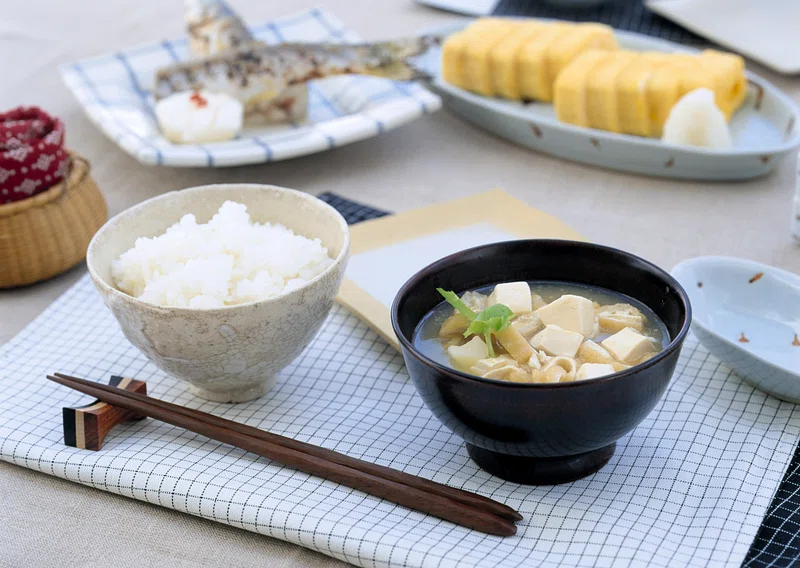
In Japan, a traditional breakfast often includes miso soup and rice, reflecting the country’s emphasis on balance and nutrition. Miso soup is made from fermented soybean paste and is usually accompanied by tofu, seaweed, and green onions. Paired with a bowl of steamed rice, this breakfast is light yet nourishing. It is a common way to start the day in Japanese households, providing a sense of comfort and well-being.
Ful Medames (Egypt)
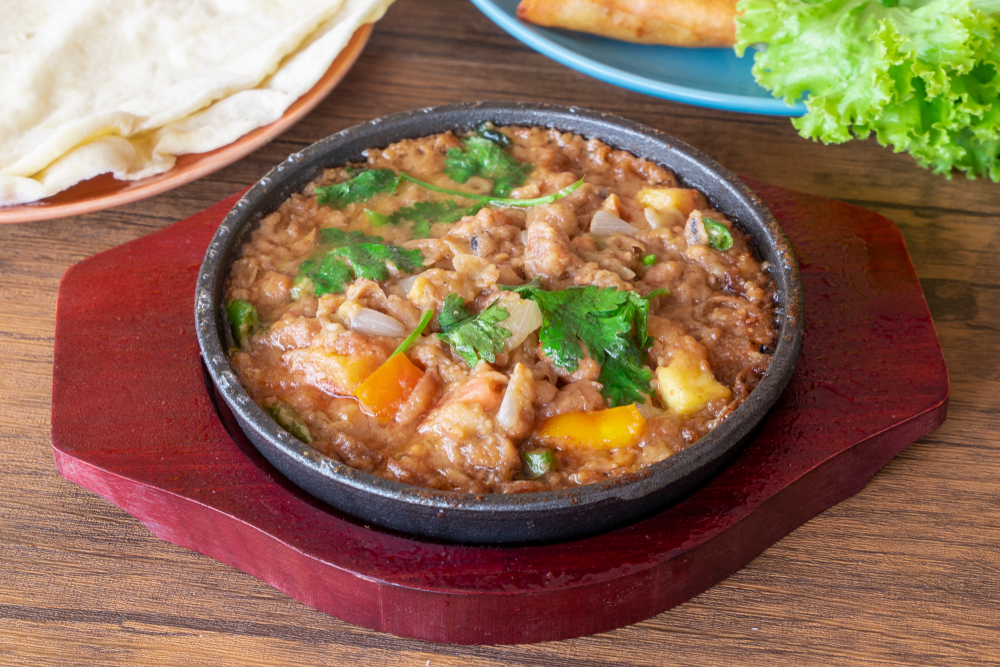
Ful Medames is a traditional Egyptian breakfast that dates back to ancient times. This dish consists of fava beans stewed with olive oil, garlic, and lemon juice, often garnished with parsley, tomatoes, and onions. Served with pita bread, it is a hearty and nutritious meal that has sustained Egyptians for centuries. Ful Medames is a staple in Egyptian cuisine, celebrated for its rich flavors and simplicity.
Pho (Vietnam)
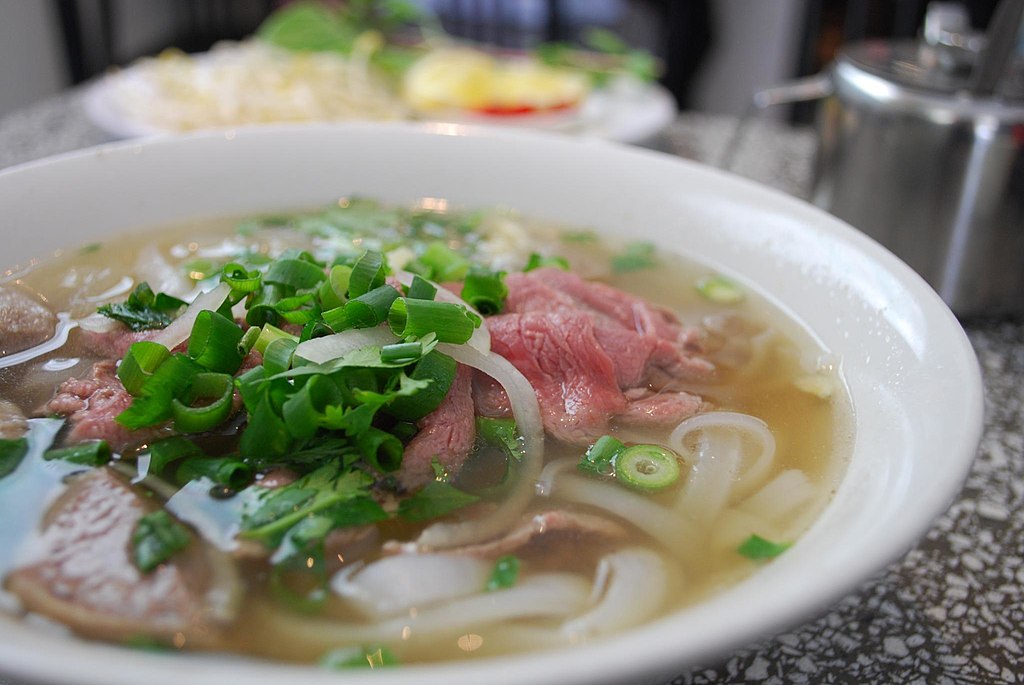
Pho, a fragrant and savory noodle soup, is a popular breakfast in Vietnam. Made with rice noodles, herbs, and either beef or chicken, the broth is simmered for hours with spices to develop its deep, complex flavor. Pho is often enjoyed with fresh herbs, lime, and chili, making it a vibrant and nourishing start to the day. This dish reflects the Vietnamese appreciation for balance and aromatic ingredients in their cuisine.
Kaya Toast and Soft-Boiled Eggs (Singapore)
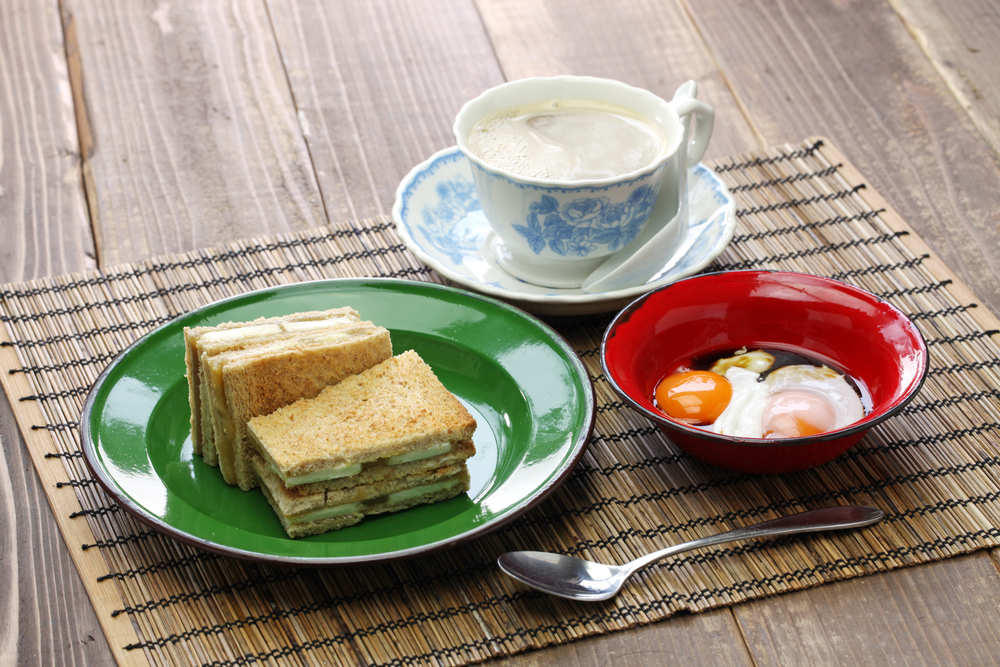
Kaya Toast with soft-boiled eggs is a beloved breakfast in Singapore. Kaya is a sweet coconut and egg jam spread on toast, which is typically served with butter and accompanied by soft-boiled eggs seasoned with soy sauce and white pepper. This combination is both sweet and savory, offering a unique taste experience. It is a traditional breakfast that showcases the fusion of flavors and cultures in Singaporean cuisine.
Arepa (Venezuela)
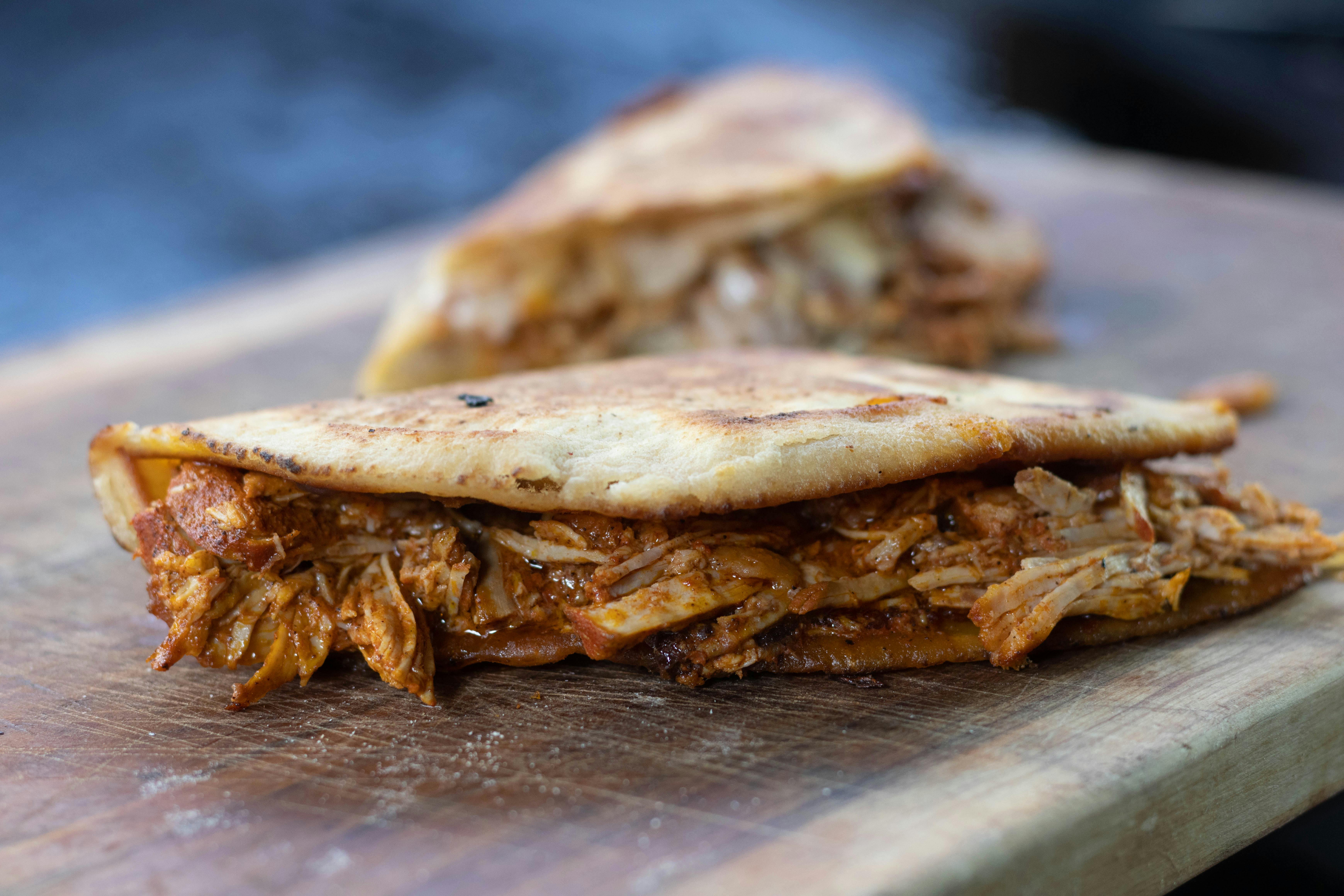
Arepas are a traditional Venezuelan breakfast that dates back to pre-Columbian times. Made from cornmeal dough and cooked on a griddle, arepas are often filled with cheese, meats, or avocado. They are versatile and can be enjoyed with a variety of toppings, making them a popular and customizable breakfast option. Arepas are a staple in Venezuelan households, reflecting the country’s agricultural heritage and love for corn-based foods.
Gallo Pinto (Costa Rica)
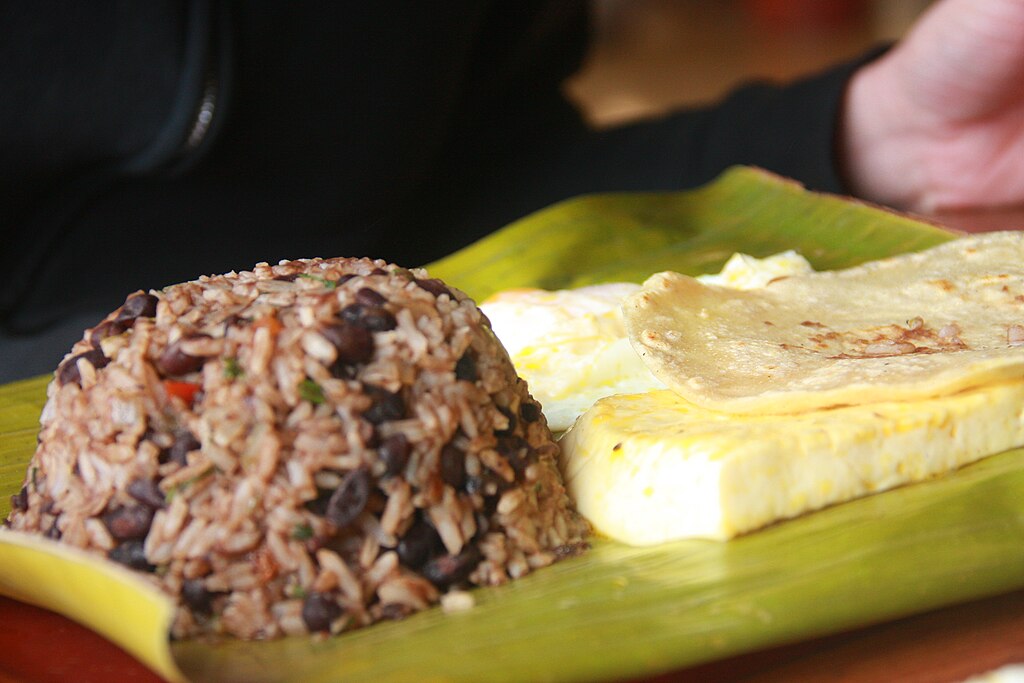
Gallo Pinto is a traditional breakfast in Costa Rica and Nicaragua, consisting of rice and beans cooked with onions, peppers, and spices. Often served with eggs, cheese, and tortillas, this dish is hearty and flavorful. Gallo Pinto is a reflection of the agricultural roots of Central American cuisine, utilizing staple ingredients that are readily available. It is a beloved breakfast that provides a nutritious and satisfying start to the day.
Pancakes with Maple Syrup (Canada)

Pancakes with maple syrup are a quintessential Canadian breakfast. Fluffy pancakes made from a simple batter of flour, eggs, and milk are served with pure maple syrup, which is a product of Canada’s vast maple forests. This breakfast is sweet, comforting, and deeply associated with Canadian culture and tradition. Maple syrup, in particular, is a symbol of Canadian identity and is enjoyed throughout the country.
Jollof Rice and Fried Plantains (Nigeria)
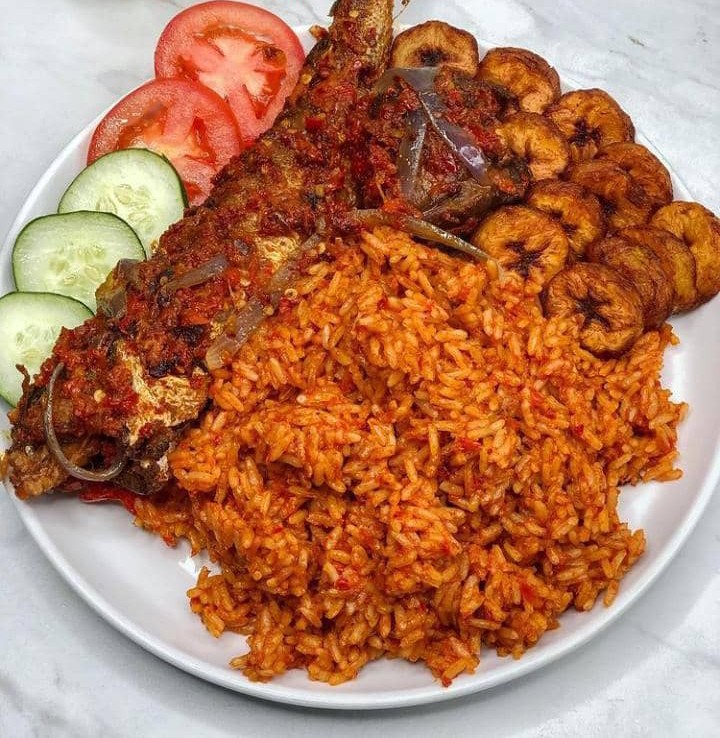
In Nigeria, a traditional breakfast might include Jollof Rice and fried plantains. Jollof Rice is a popular West African dish made with rice, tomatoes, onions, and various spices, cooked together to create a rich, flavorful meal. Paired with fried plantains, this breakfast is both hearty and satisfying. It reflects the vibrant and diverse culinary traditions of Nigeria, showcasing the use of local ingredients and bold flavors.
Haggis, Neeps, and Tatties (Scotland)
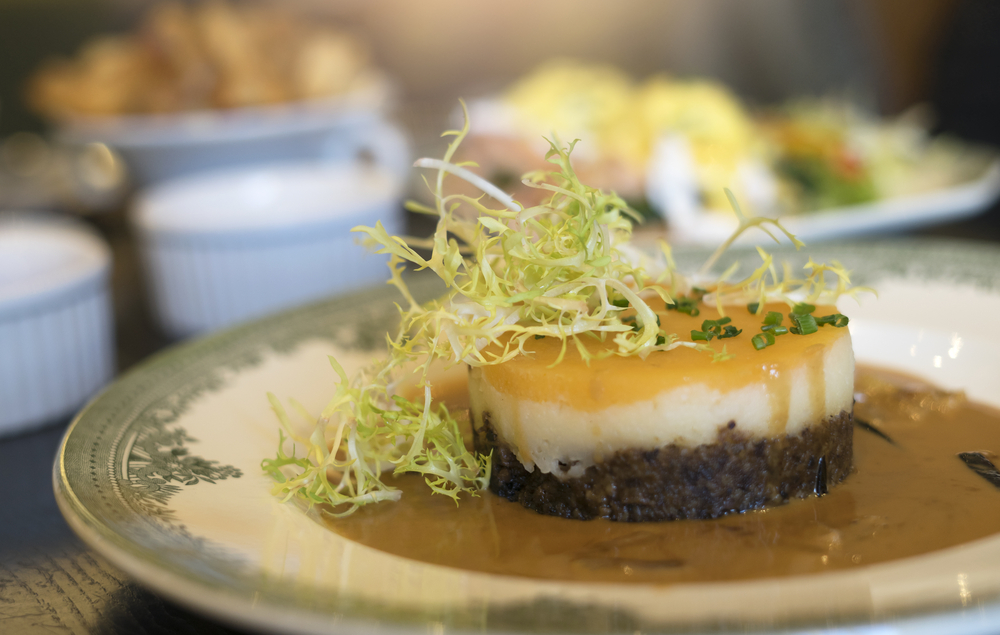
Haggis, neeps (turnips), and tatties (potatoes) are a traditional Scottish breakfast, especially enjoyed during the celebration of Burns Night. Haggis is a savory pudding made from sheep’s offal mixed with oatmeal, suet, and spices, encased in a sheep’s stomach and boiled. This dish is served with mashed turnips and potatoes, creating a hearty and flavorful meal. It is a symbol of Scottish heritage and culinary tradition.
Nasi Lemak (Malaysia)
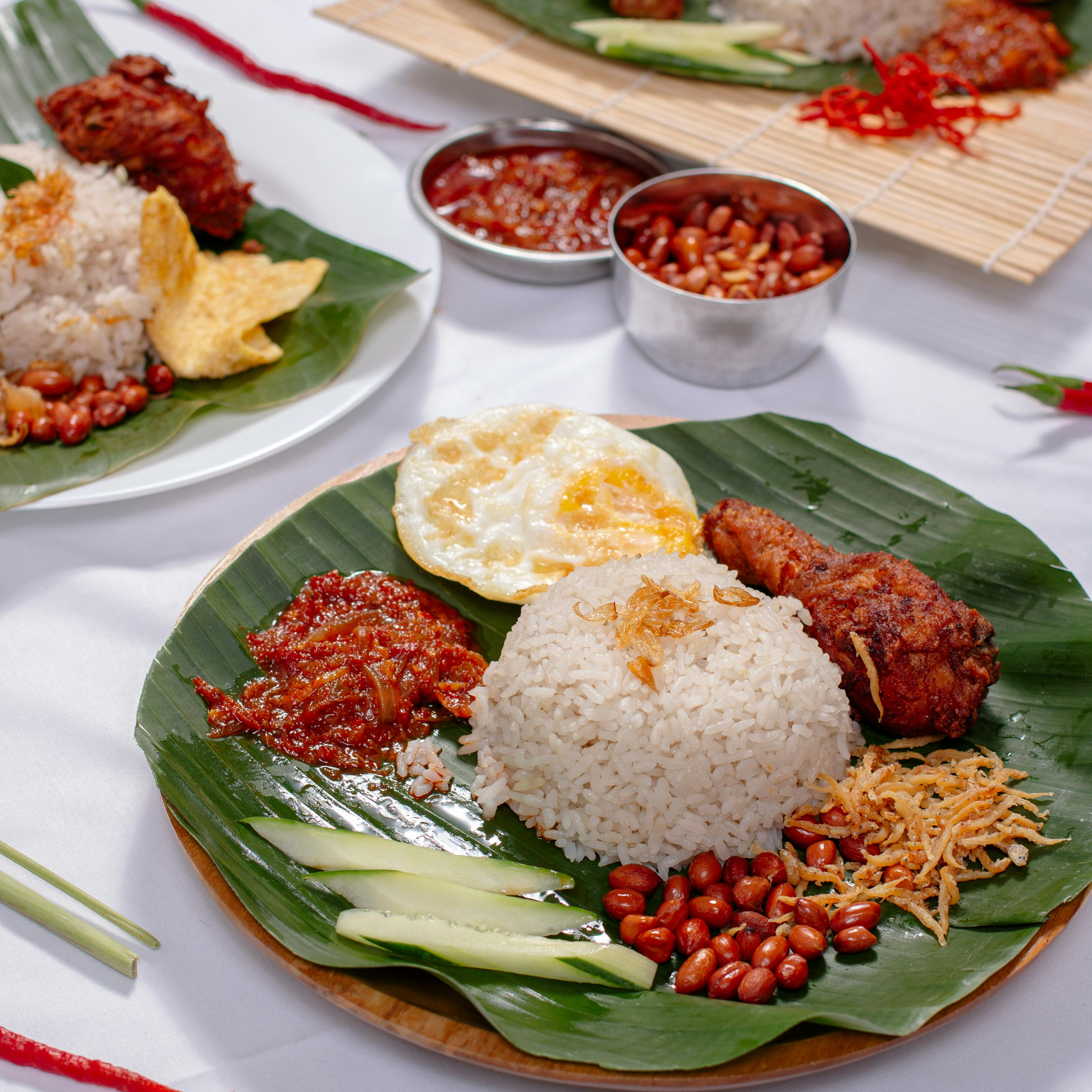
Nasi Lemak is a traditional Malaysian breakfast that has gained popularity throughout Southeast Asia. It consists of rice cooked in coconut milk, served with sambal (spicy chili paste), fried crispy anchovies, roasted peanuts, boiled eggs, and cucumber slices. Often wrapped in banana leaves, Nasi Lemak is a flavorful and aromatic dish. It reflects the Malaysian love for spicy, rich, and fragrant foods.
Borscht with Rye Bread (Russia)
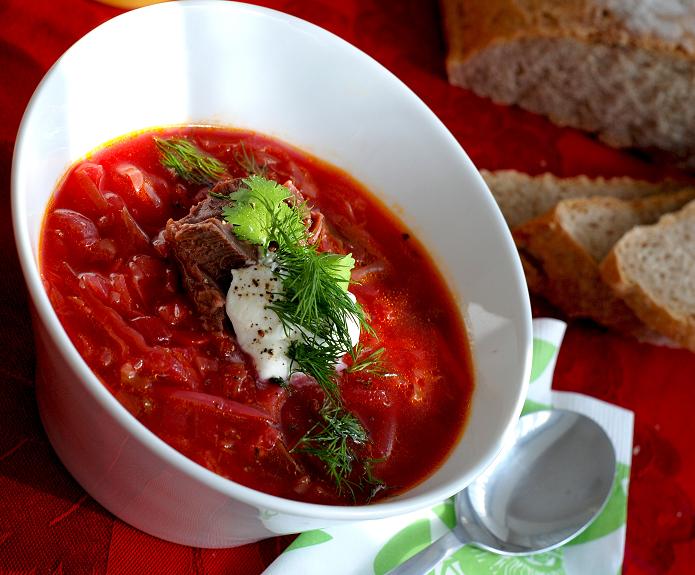
In Russia, a traditional breakfast might include a bowl of borscht with rye bread. Borscht is a hearty beet soup that can be served hot or cold, made with beets, cabbage, potatoes, and often beef, seasoned with dill and garlic. Paired with dark, dense rye bread, this breakfast is both nutritious and filling. Borscht is a staple in Russian cuisine, reflecting the country’s agricultural traditions and the importance of root vegetables.
Kimchi Bokkeumbap (Korea)
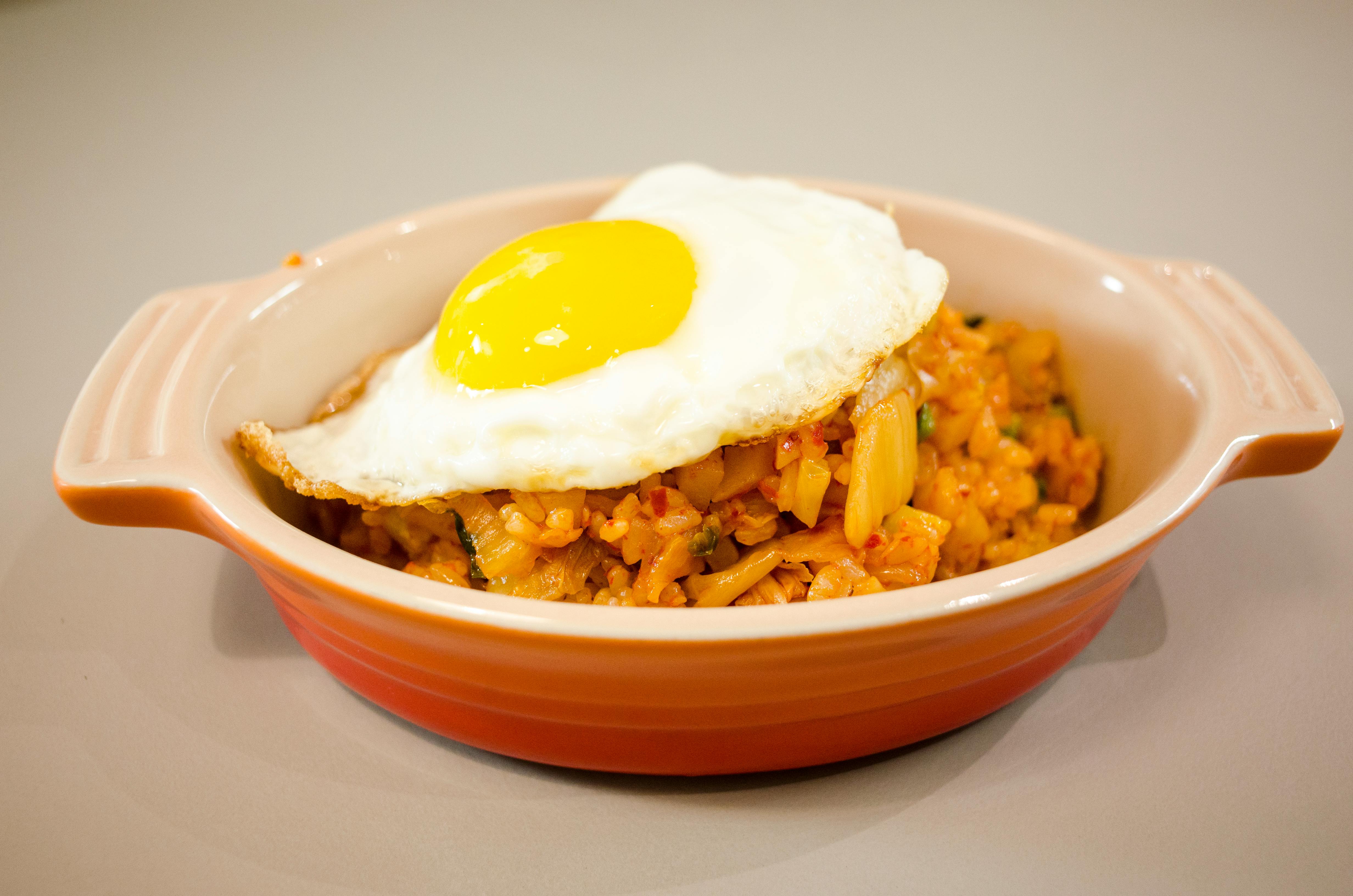
Kimchi Bokkeumbap, or kimchi fried rice, is a popular breakfast in Korea. Made with leftover rice and kimchi stir-fried together, it is often topped with a fried egg and garnished with green onions and sesame seeds. This dish is spicy, flavorful, and a great way to use up leftovers, embodying the Korean practice of minimizing waste. Kimchi Bokkeumbap is a traditional and beloved comfort food in Korea.
Bubur Ayam (Indonesia)
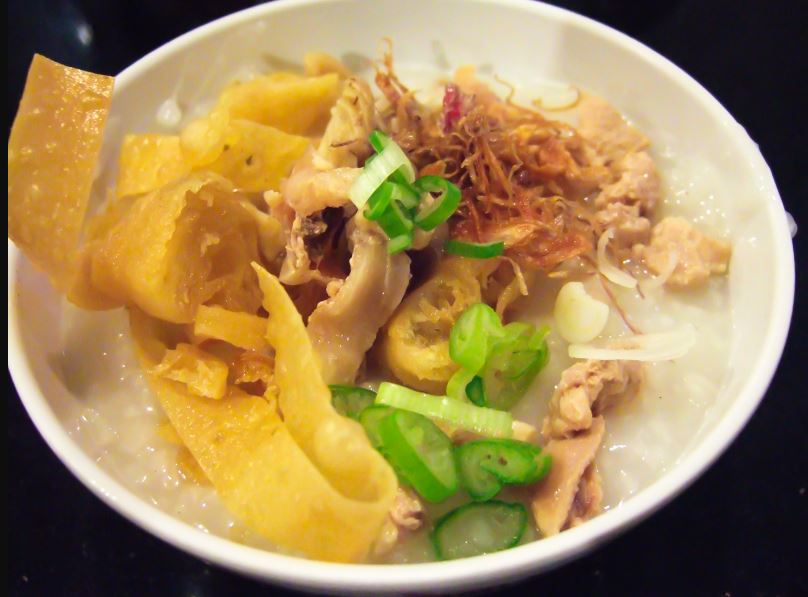
Bubur Ayam is a traditional Indonesian breakfast of rice porridge topped with shredded chicken, scallions, crispy fried shallots, and a variety of sauces and condiments. This dish is savory, comforting, and often enjoyed with a side of crackers. Bubur Ayam reflects the Indonesian love for rice-based dishes and the use of fresh, local ingredients. It is a common breakfast found in street markets and homes across Indonesia.
Avena (Colombia)

Avena, a creamy oatmeal drink, is a traditional breakfast in Colombia. Made from oats, milk, sugar, and cinnamon, it is cooked until smooth and then chilled. This drink is both refreshing and nourishing, providing a quick and easy start to the day. Avena reflects the Colombian preference for sweet, comforting breakfasts and is often enjoyed with bread or pastries.
Kippers (United Kingdom)
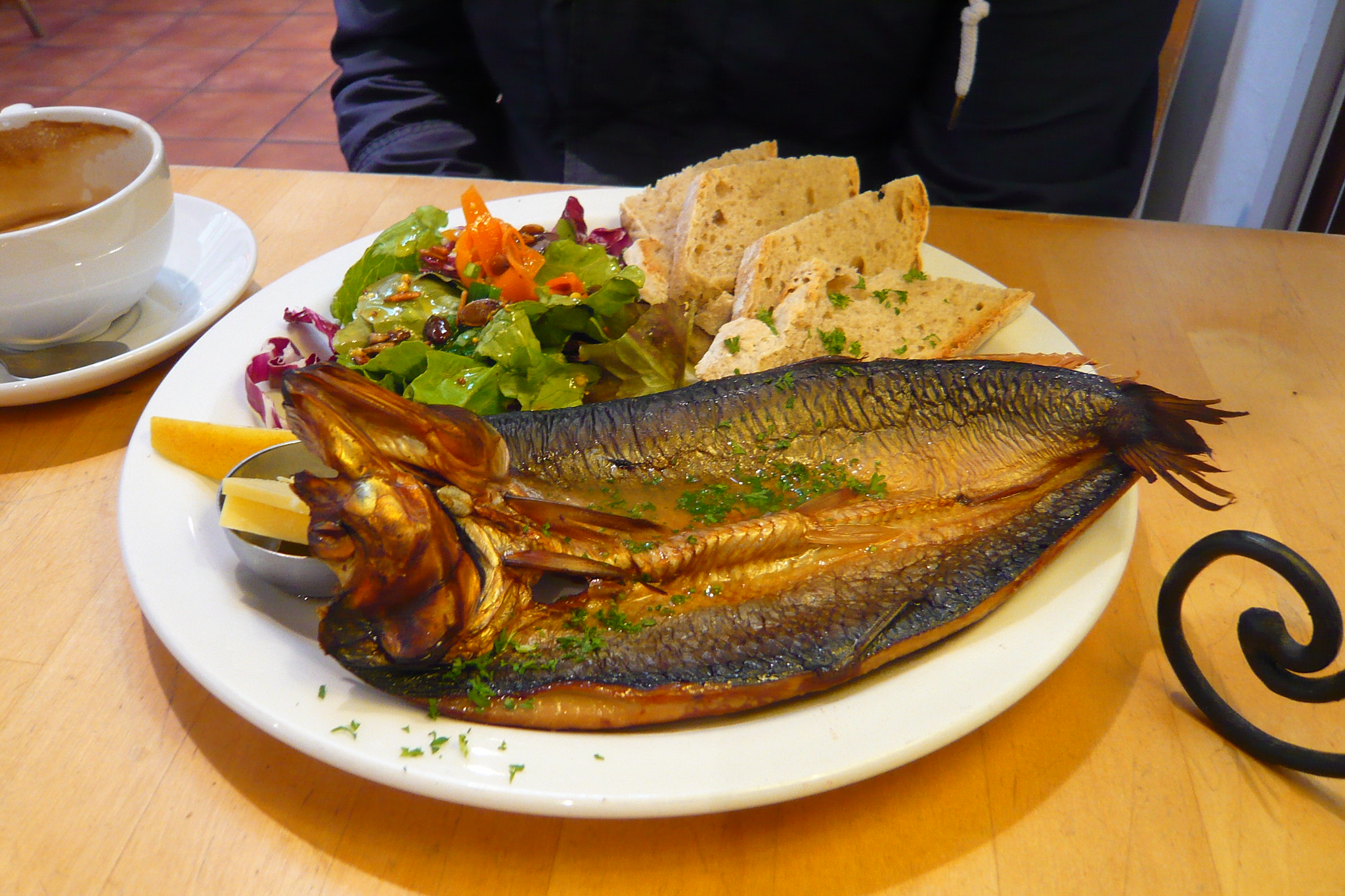
Kippers, smoked herring, are a traditional breakfast in the United Kingdom, especially in Scotland and Northern England. The herring is split, salted, and smoked over wood chips, giving it a distinct, rich flavor. Served with buttered toast and sometimes poached eggs, kippers are a hearty and flavorful meal. This dish is a reminder of the UK’s coastal heritage and the importance of fish in the British diet.
Churros and Hot Chocolate (Spain)
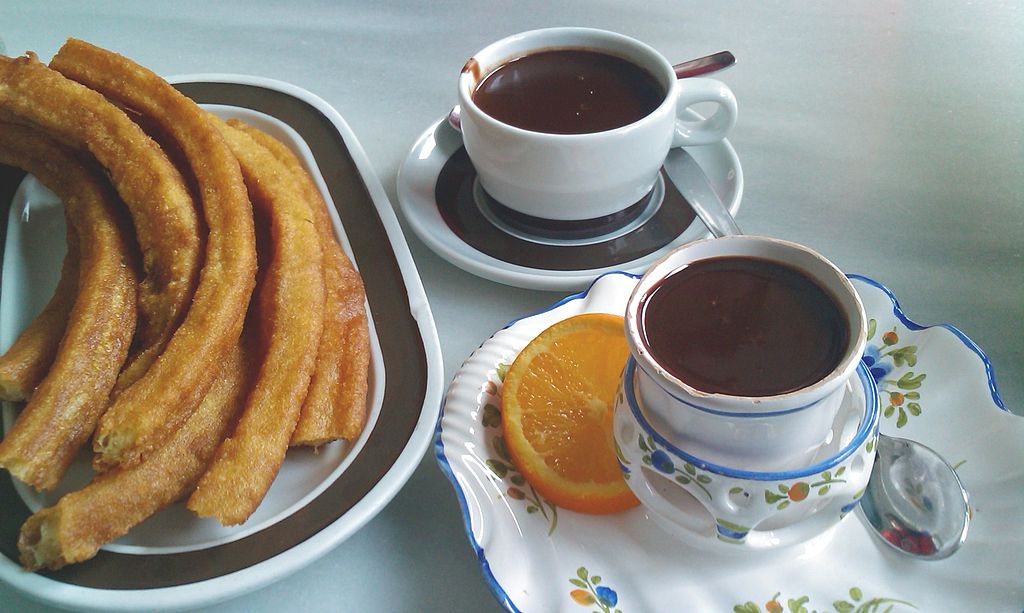
Churros and hot chocolate are a beloved breakfast in Spain, particularly in Madrid. Churros are deep-fried dough pastries, crispy on the outside and soft on the inside, often dusted with sugar. They are traditionally dipped in thick, rich hot chocolate, making for a sweet and indulgent start to the day. This breakfast is a staple in Spanish cafes and is deeply rooted in Spanish culinary tradition.
This article originally appeared on UnifyCosmos
More from UnifyCosmos
20 Secret Ingredients in Your Favorite Snacks
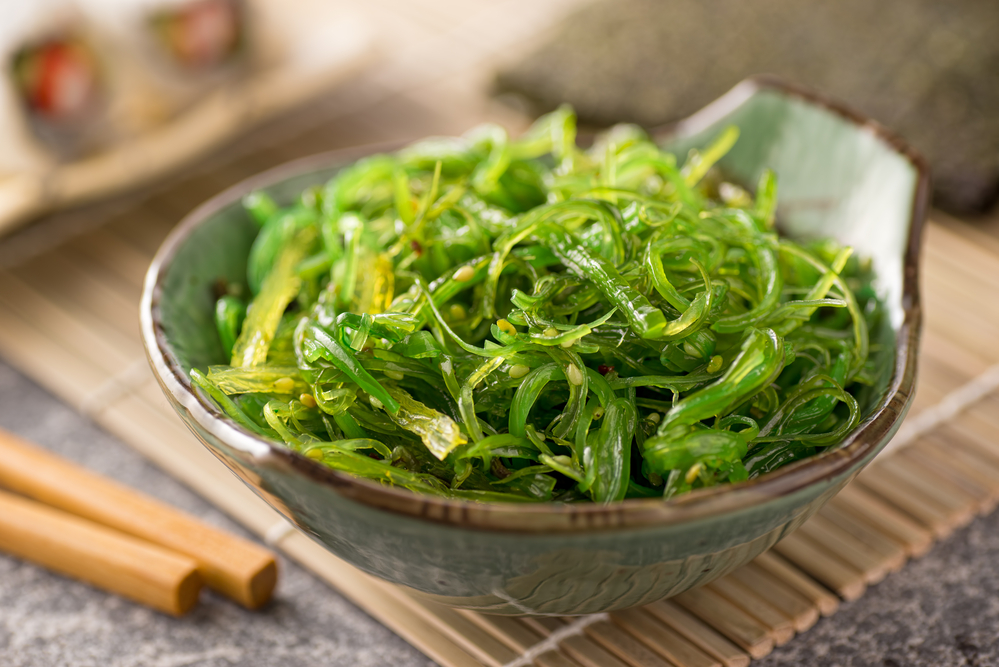
Have you ever wondered what’s really in your favorite snacks? Many of them contain secret ingredients that might surprise you. Read More
19 Workout Routines You Can Do Without Equipment

Staying fit doesn’t require fancy gym equipment. With just a bit of space, you can perform effective workouts at home. Read More
20 Smart Ways to Save Money on Groceries
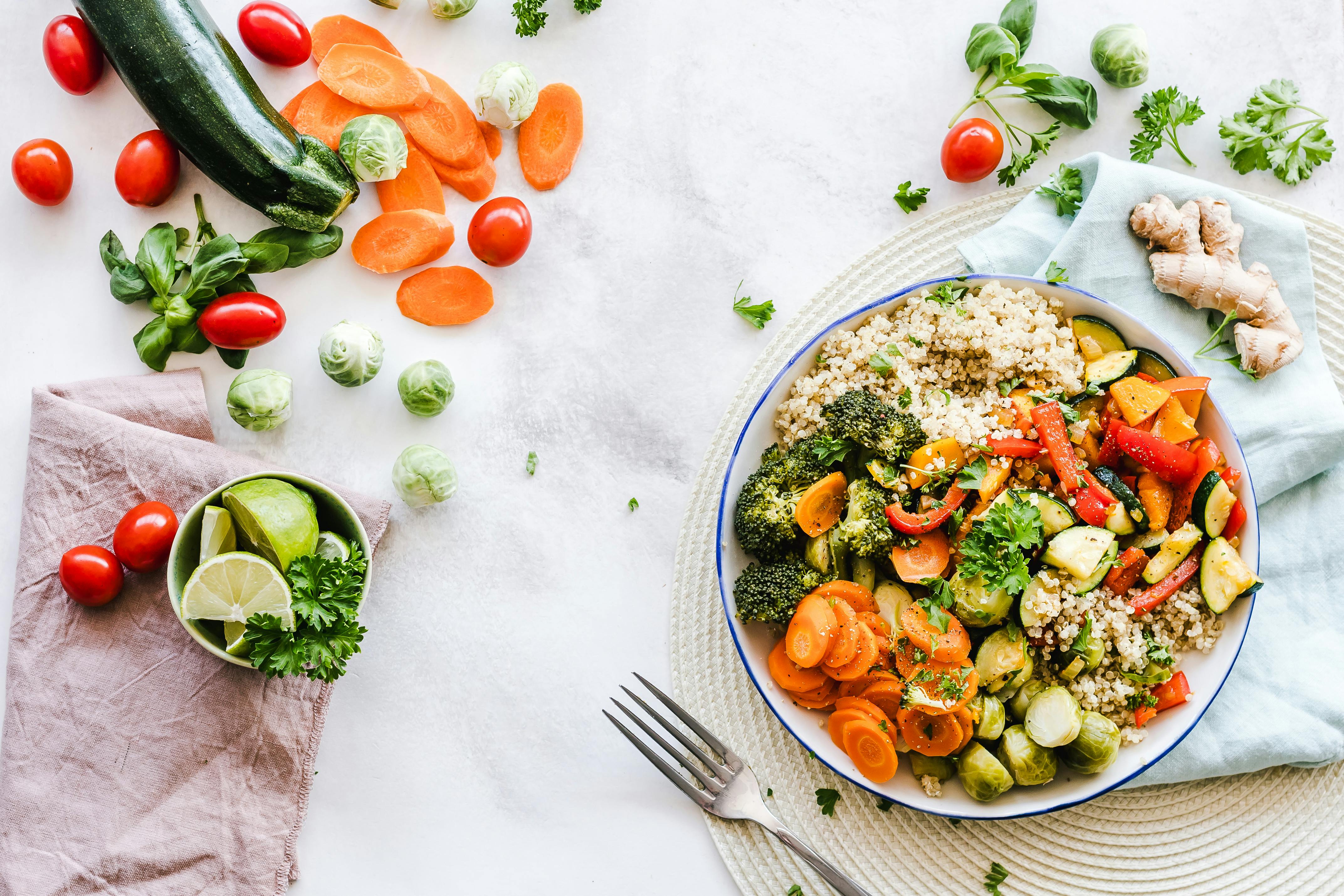
Saving money on groceries can be easier than you think. With a few smart strategies, you can reduce your monthly food bill without sacrificing quality. Read More
Leave a Reply